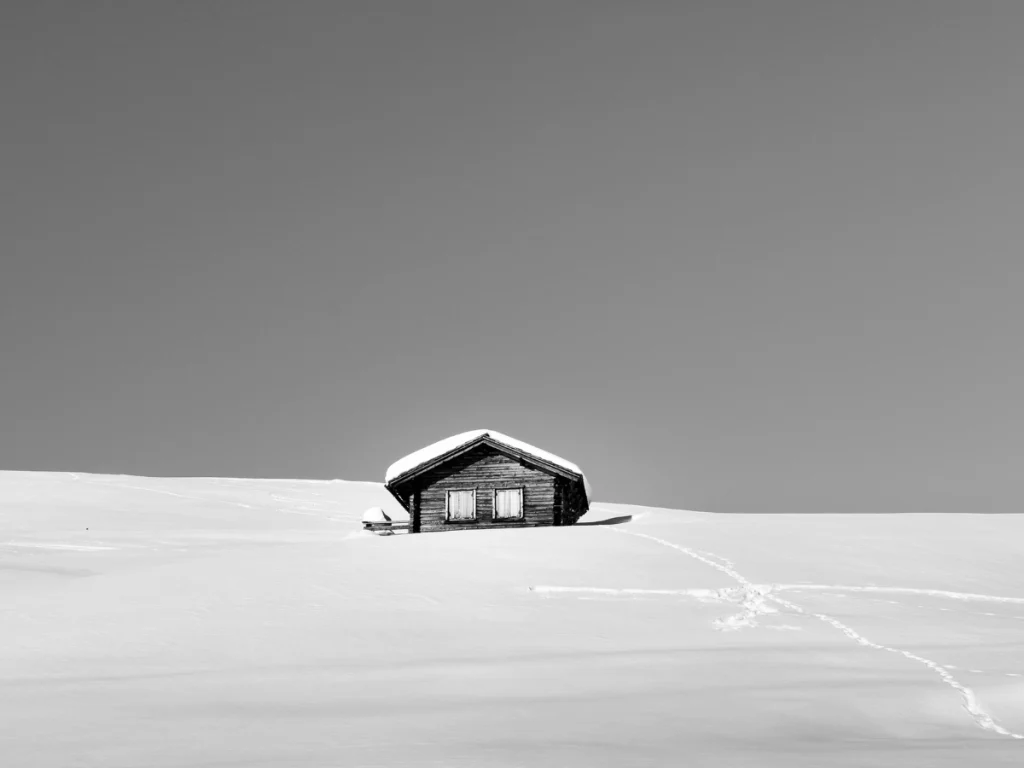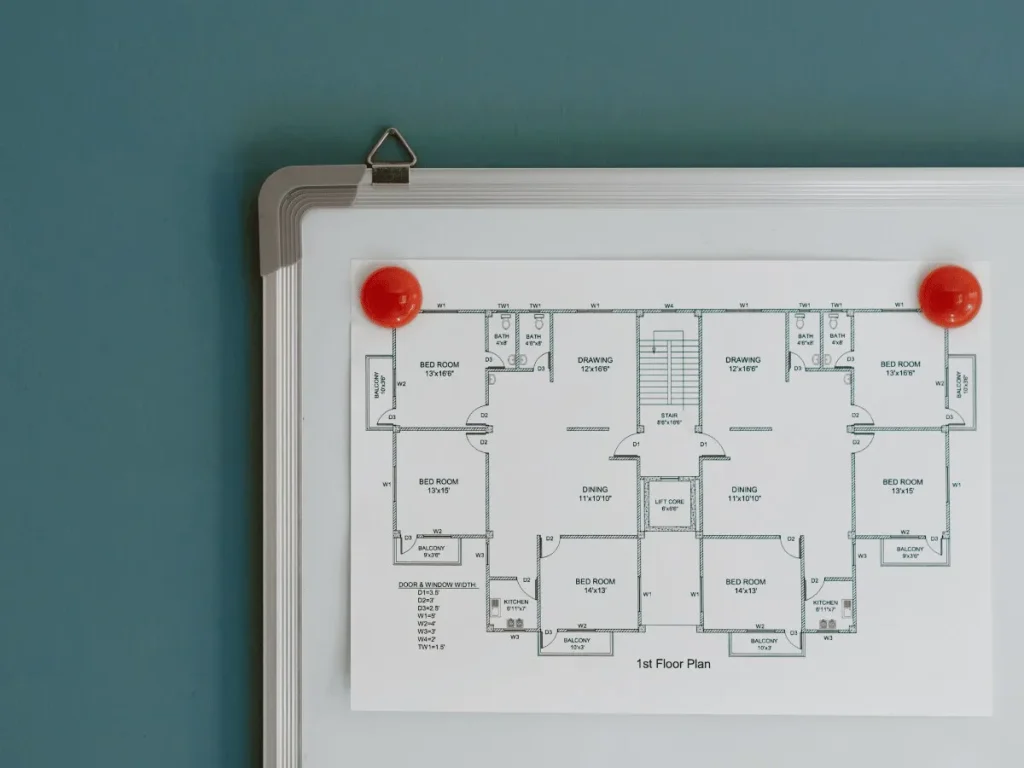Passive House building is a sustainable and energy-efficient construction method that has gained popularity in recent years due to its ability to significantly reduce energy consumption and lower carbon emissions. Despite its benefits, there are still some misconceptions about Passive House building that may deter people from exploring this construction method.

One of the most common misconceptions about Passive House building is that it is only suitable for cold climates. While it is true that Passive House building originated in Germany, which has a colder climate, the principles can be adapted to suit a range of climate conditions.
Another common misconception about Passive House building is that it is too expensive for most homeowners. While it is true that Passive House building may require a higher initial investment compared to traditional building methods, the long-term benefits of reduced energy consumption and lower carbon emissions can result in significant cost savings.
Some people may believe that Passive House building is too restrictive in terms of design and may limit their creativity. However, this is not true. Passive House building can be designed to suit a range of styles and preferences, and there is a lot of room for creativity in the design process.

Another common misconception about Passive House building is that it is too complicated to maintain. While it is true that Passive House building requires a certain level of expertise during the construction process, the maintenance of a Passive House is not much different from that of a traditional building.
Passive House building is a sustainable and energy-efficient construction method that can be adapted to suit a range of climate conditions, budgets, and lifestyles. By debunking these misconceptions, we can encourage more people to explore Passive House building as a viable construction method that offers significant long-term benefits.